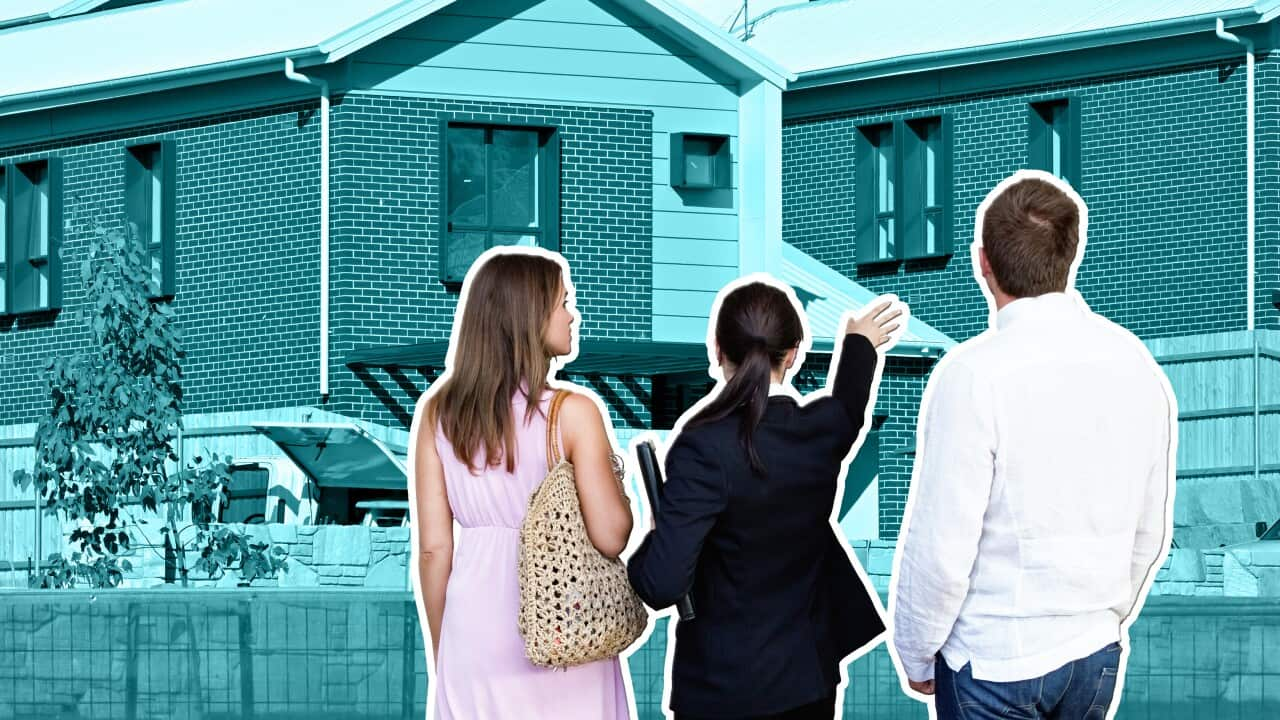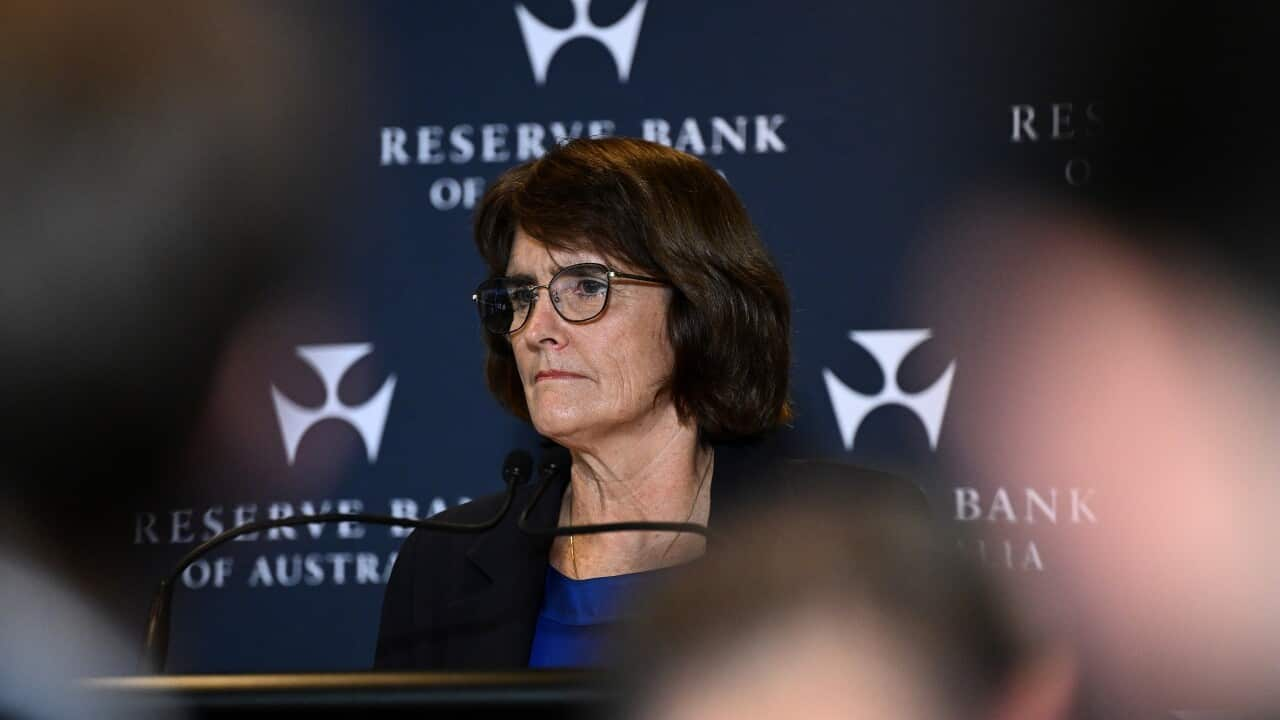Australia's worsening housing affordability has reached a new milestone, with another capital city entering the $1 million club for median houses prices — Adelaide.
Domain's report for the March quarter, released on Thursday, found Adelaide's median house price grew $11,119 (or 1.1 per cent) to $1,000,202 — surpassing the $1 million mark for the first time, according to the property listings website.
It is the fifth capital city to crack a seven-figure median, according to Domain, joining others including Sydney, Melbourne, Brisbane and Canberra.
And the milestone comes amid renewed focus on housing affordability woes during the , with and both attempting to .
Adelaide's record wasn't the only one that was marked in Domain's latest report. It found median house prices also reached new highs in Sydney ($1.692 million), and Perth ($917,706) which Domain believes will reach $1 million by the end of the year. The median at a combined capital level also reached a record high ($1.179 million).
"But even though we've seen a quarterly growth for house prices, we've got a slowdown in the pace of price gains and on that annual basis," said Nicola Powell, the chief of research and economics at Domain. "It's the slowest increase that we've seen in two years."
How are house prices tracking across the country?
Over the past decade, house prices have surged across most of Australia, though some cities have experienced steeper increases than others.
Hobart recorded the strongest growth, with median house prices rising 111 per cent since 2015. The median now sits at $710,077, up from $335,814.
Adelaide followed closely with a 110 per cent increase (or $524,922), taking the median price to $1,000,202 from $475,280.
Brisbane also witnessed a steep rise, up 108 per cent to a median of $1,022,026, compared to $491,431 ten years ago.

Credit: SBS News
Melbourne's median rose 60 per cent to $1,035,887, up from $648,527.
Canberra experienced a 72 per cent increase, bringing its median to $1,049,067, from $608,585.
Perth recorded a 51 per cent rise, with the median climbing from $608,312 to $917,706.
Darwin was the exception, with prices virtually flat over the decade. The median house price rose just 1 per cent, from $652,173 in 2015 to $659,172.
What's driving the growth in Adelaide?
"It's been continuous for Adelaide in terms of that price growth," Powell said.
"Obviously, the low cash rate during the pandemic initiated this upswing in price, and it's almost been unstoppable since then — up 84 per cent over the past five years."
She pointed to a range of demand drivers: "Strong population change, demographic patterns in terms of demand for housing have certainly supported price growth. I think strong rates of overseas migration as well as positive interstate migration means that Adelaide has benefited from strong population flows."

Credit: SBS News

Credit: SBS News
"When you layer with some of the other things like remote working, the lifestyle that Adelaide has to offer — what we've seen in the past five years is that 110,000 people have been added to the population. That is like adding the LGA (local government area) of Tea Tree Gully … to the population in a five-year period," she said.
"Ultimately, supply just hasn't been able to keep pace."
Housing heats up as an election battleground
Housing affordability is already emerging as a key issue in this federal election, and Powell said 2025 could prove pivotal — especially for first home buyers.
"2025 is the year to watch," she said.
"Housing is a key battleground clearly for the election. And so housing policies for first home buyers might be that difference on whether somebody can purchase their home this year or not."
Both major parties are offering demand-side support.
"The 5 per cent [first home buyer] deposit scheme being expanded by Labor and then the tax deductibility for new homes from the Coalition — what this will do is help to bring forward demand and that in itself could support pricing at the lower end of the housing market," she said.
But Powell warned a "demand-side policy needs to be complimented by a supercharged supply- side policy".
"We need to reduce the cost of building a new home," she said.
"Taxation contributes anywhere between 20 and 40 per cent of the new home. We need to do something about that taxation cost because, ultimately, that will bring down the cost of buying a new home."
Powell also noted the Coalition's approach appeared to be more "targeted" towards new homes, which could in turn incentivise new construction because of those tax benefits.
What's next?
Prices are still expected to rise in Adelaide and other capitals, but the pace of growth is likely to be restrained by worsening affordability, Powell said.
While has slightly improved borrowing capacity, Powell doesn't consider it a "game changer" for buyers.
"There has been a widening gap between where home prices sit and the capacity of buyers to pay for a home. Obviously, with the reduction in the cash rate in February, that has improved borrowing capacity. But I don't think that's a game changer for buyers.
"We need multiple rate cuts to really help alleviate the burden, the financial burden.
"Until home loan serviceability improves significantly, it’s difficult to envisage our housing markets transitioning into another pronounced growth trend."


